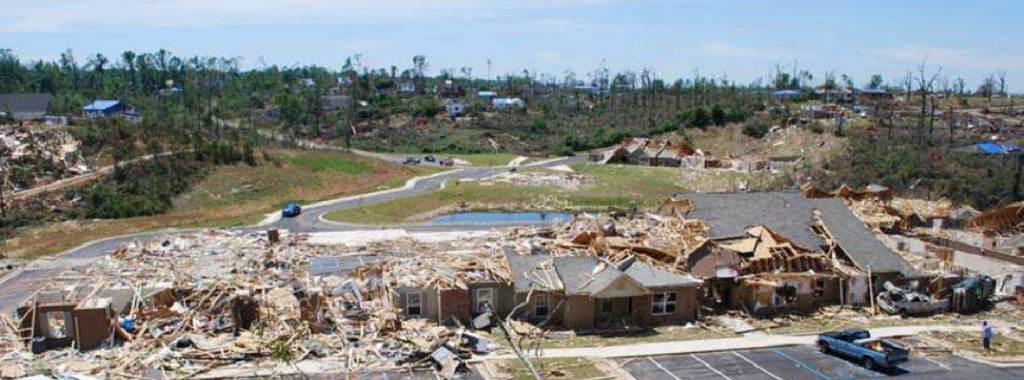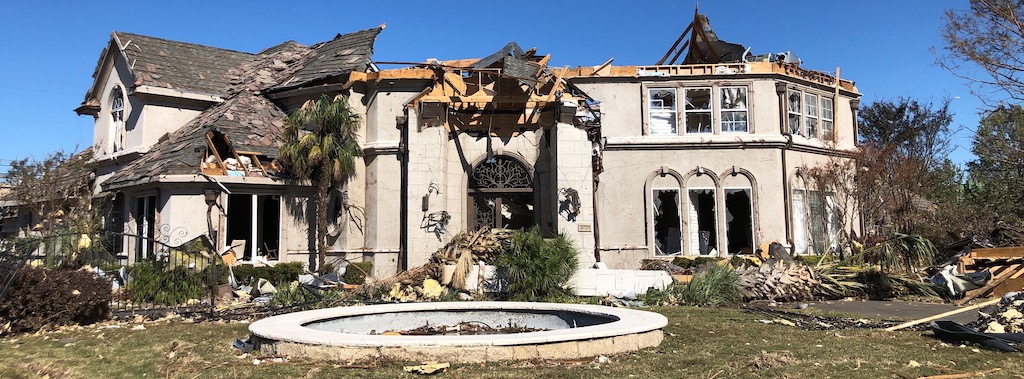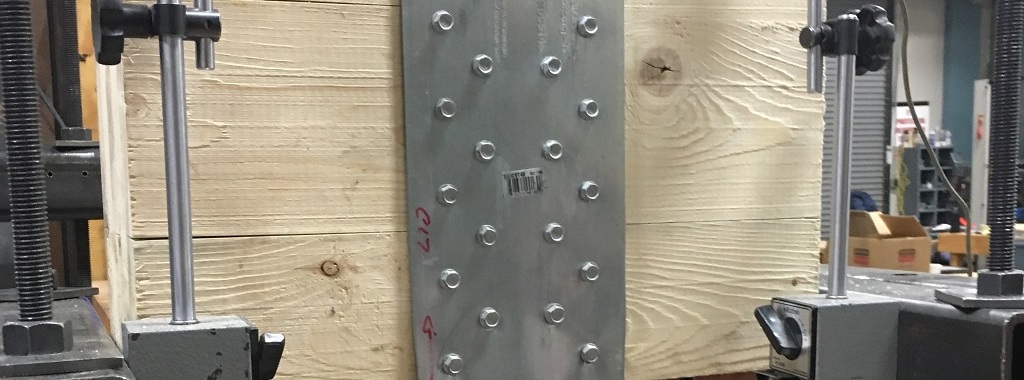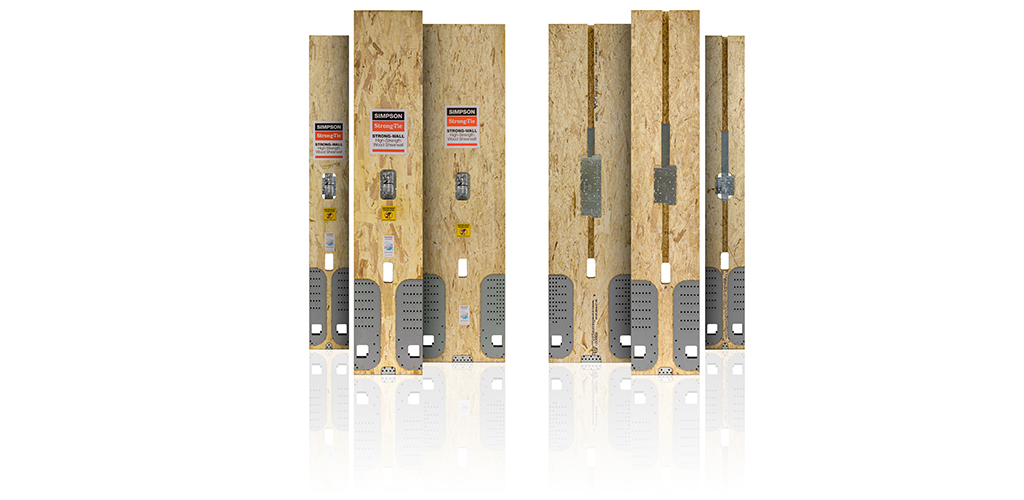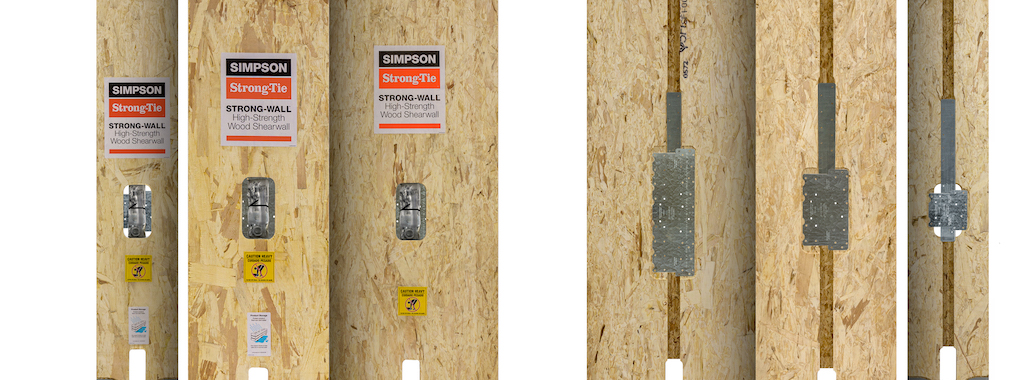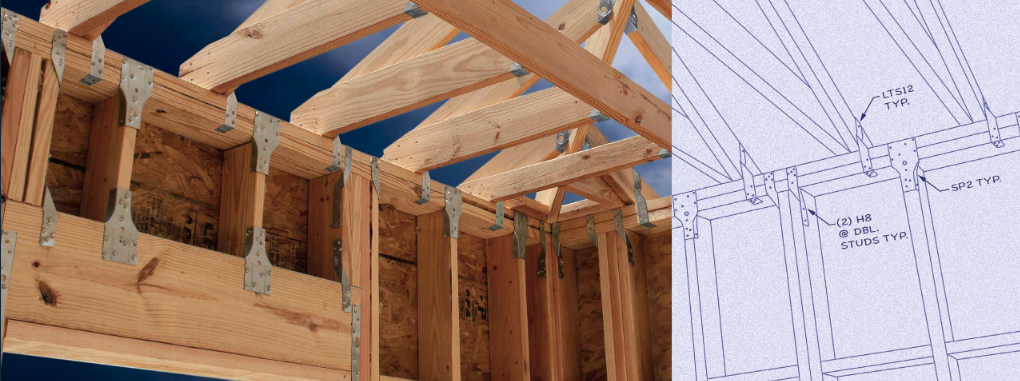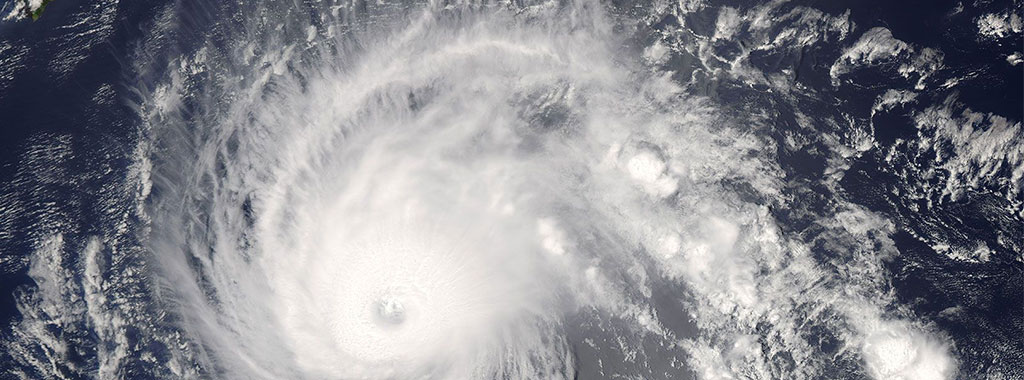Preventing Roof Tiles from Becoming Wind-Borne Debris in High Wind Regions
I tend to think of designers as dealing with either wind or seismic design, yet the Southeast region contains everything that Mother Nature can throw at a building. This includes high seismic areas along the New Madrid and Charleston faults, hurricanes along the Gulf and Eastern coast, and tornado prone areas throughout the South and … Continue reading “Preventing Roof Tiles from Becoming Wind-Borne Debris in High Wind Regions”

